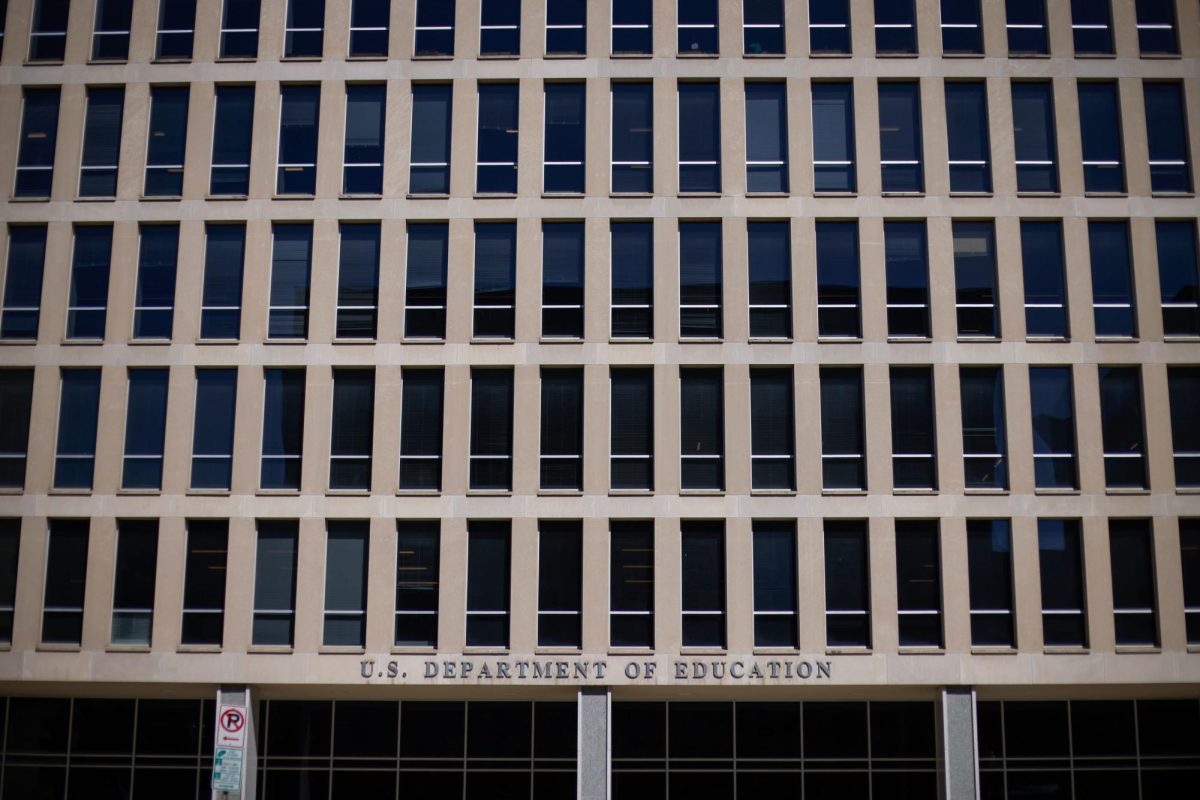The University’s chief financial aid officer said he remains hesitant to adopt a government-backed tool for comparing schools’ aid packages and total price tags.
More than 500 colleges and universities nationwide have adopted the financial aid “shopping sheet,” which shows students a school’s total price tag, the type and amount of aid available, graduation rates and how much debt they could have after graduation. The Student Association passed a bill backed by several student organizations in December calling on GW to adopt the tool.
But Associate Vice President for Financial Assistance Dan Small said he is worried the shopping sheet could confuse prospective students and parents by presenting too much information without enough explanation.
“I want to make sure if we are providing the detail [included in shopping sheet], are we are also explaining it?” Small said. “And I don’t think the shopping list, the way it is simplified right now, explains the detail.”
For example, instead of calculating the total average debt, Small said he would rather break that figure down into what students typically owe and what parents owe.
The average GW graduate’s debt reached $32,714 in 2011, the latest figures available, about $200 more than the year before.
But Small said that figure is “misleading,” because most students are secure private loans with a cosigner, like a parent.
“Is it really showing the true picture?” Small said. “I don’t think it’s clear at all.”
He said that at GW, parents are usually the ones ultimately paying off cosigned loans.
Student Association Sen. Omeed Firouzi, CCAS, helped pass a bill in December calling on GW to adopt the shopping sheet. It was backed by College Democrats, College Republicans and Students for Education Reform.
“It makes the process easier for students,” Firouzi, also political affairs director for College Democrats, said. “I don’t know who wouldn’t want to make it easier for students to learn about a school.”
The cost of attendance for the entering class of 2013 is set at $56,265. Under the fixed tuition plan, next year’s freshmen will pay $45,735 for up to 10 consecutive semesters.
On average, students in the class of 2015 were expected to contribute 77 percent of tuition. Last year, GW met the full need of 70 percent of financial aid recipients.
Some of the University’s market-basket schools, including Boston University, Tulane University, New York University and Northwestern University, also have yet to embrace the shopping sheet.






